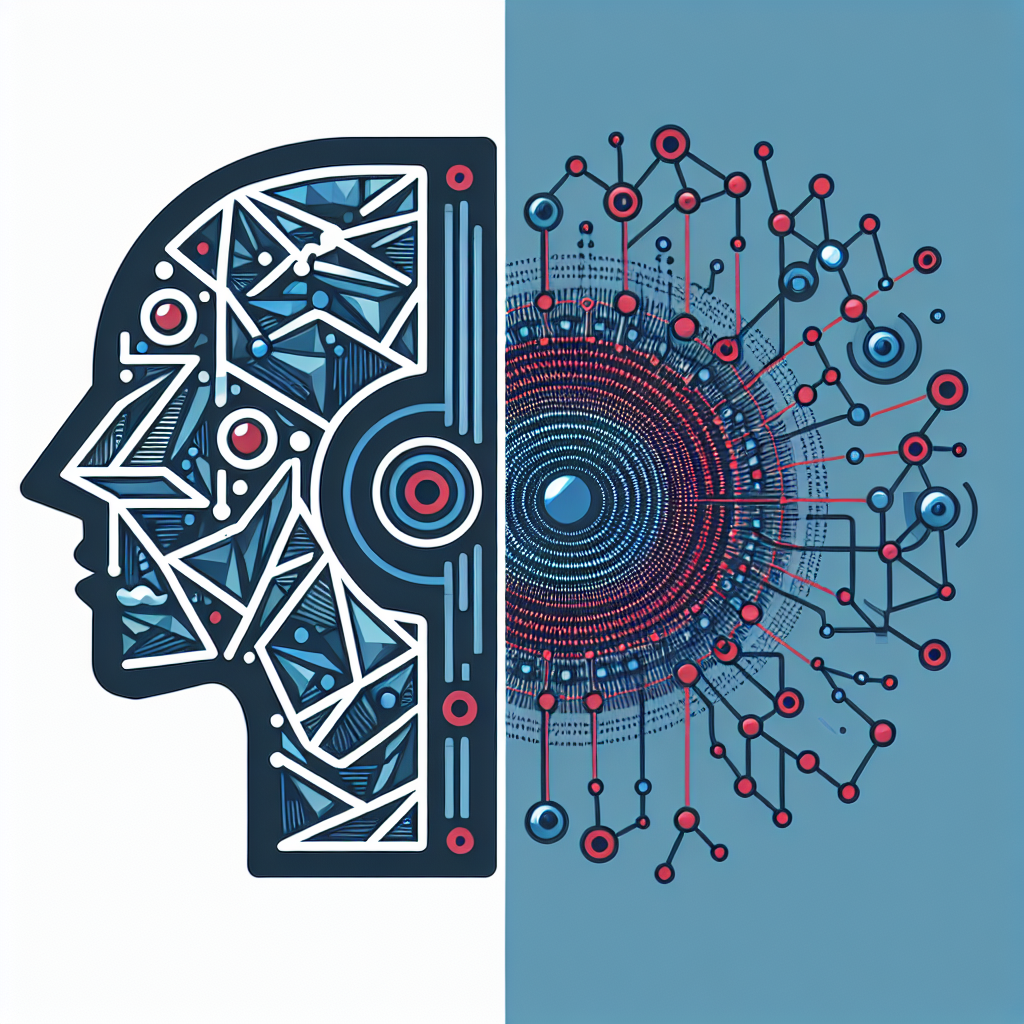Artificial Intelligence (AI) and Machine Learning (ML) are two terms that are often used interchangeably, but they actually represent two distinct concepts in the field of technology. While both AI and ML involve the use of algorithms to process data and make decisions, they differ in their approach and application. One area in which these differences can be seen is in speech synthesis, the process of generating human-like speech from text input. In this article, we will explore the differences between AI and ML in speech synthesis, and how they are applied in real-world scenarios.
AI vs Machine Learning: Understanding the Differences
Artificial Intelligence (AI) is a broad field of computer science that focuses on creating machines that can perform tasks that typically require human intelligence, such as reasoning, problem-solving, and learning. AI systems are designed to simulate human cognition and behavior, and can be used in a wide range of applications, from self-driving cars to virtual personal assistants.
Machine Learning (ML), on the other hand, is a subset of AI that focuses on the development of algorithms that can learn from and make predictions or decisions based on data. ML algorithms are trained on large datasets to identify patterns and relationships, and improve their performance over time through experience. ML is used in a variety of applications, such as image recognition, natural language processing, and predictive analytics.
In the context of speech synthesis, AI and ML are used in different ways to generate human-like speech from text input. AI-based speech synthesis systems, such as chatbots and virtual assistants, use pre-programmed rules and algorithms to process text input and produce spoken output. These systems are typically designed to mimic human speech patterns and intonations, and can be customized to suit specific applications or requirements.
Machine learning-based speech synthesis systems, on the other hand, use neural networks and deep learning algorithms to generate speech from text input. These systems are trained on large datasets of spoken language to learn the relationships between text input and speech output, and improve their accuracy and naturalness over time. ML-based speech synthesis systems can produce more realistic and natural-sounding speech, and are often used in applications where high-quality speech output is required, such as voice assistants and navigation systems.
Speech Synthesis with AI: Applications and Limitations
AI-based speech synthesis systems are widely used in a variety of applications, from virtual personal assistants like Siri and Alexa to customer service chatbots and interactive voice response (IVR) systems. These systems are designed to provide users with a natural and conversational interface for interacting with technology, and can be customized to suit specific applications or industries.
One of the main limitations of AI-based speech synthesis systems is their reliance on pre-programmed rules and algorithms. These systems are typically limited in their ability to understand and respond to natural language input, and may struggle to generate realistic and natural-sounding speech in certain contexts. AI-based speech synthesis systems also require a significant amount of manual intervention and customization to achieve the desired level of performance, which can be time-consuming and expensive.
Speech Synthesis with Machine Learning: Advancements and Challenges
Machine learning-based speech synthesis systems have made significant advancements in recent years, thanks to the increasing availability of large datasets and more powerful computing resources. These systems use deep learning algorithms and neural networks to generate speech from text input, and can produce more realistic and natural-sounding speech than traditional AI-based systems.
One of the main advantages of ML-based speech synthesis systems is their ability to learn and adapt to new data and contexts over time. These systems can be trained on large datasets of spoken language to learn the relationships between text input and speech output, and improve their performance through experience. ML-based speech synthesis systems can also be customized and fine-tuned to suit specific applications or requirements, making them more versatile and adaptable than traditional AI-based systems.
However, ML-based speech synthesis systems also face a number of challenges, including the need for large amounts of labeled training data and computing resources. Training deep learning algorithms on large datasets can be time-consuming and expensive, and may require specialized expertise and infrastructure. ML-based speech synthesis systems also require ongoing maintenance and updates to maintain their performance and accuracy, which can be a significant investment for organizations.
FAQs
Q: What is the difference between AI and ML in speech synthesis?
A: AI-based speech synthesis systems use pre-programmed rules and algorithms to generate speech from text input, while ML-based systems use neural networks and deep learning algorithms to learn and adapt to new data and contexts over time.
Q: What are some common applications of AI-based speech synthesis?
A: AI-based speech synthesis systems are used in applications such as virtual personal assistants, customer service chatbots, and interactive voice response (IVR) systems.
Q: What are some advantages of ML-based speech synthesis systems?
A: ML-based speech synthesis systems can produce more realistic and natural-sounding speech than traditional AI-based systems, and can be customized and fine-tuned to suit specific applications or requirements.
Q: What are some challenges of ML-based speech synthesis systems?
A: ML-based speech synthesis systems require large amounts of labeled training data and computing resources, and may require ongoing maintenance and updates to maintain their performance and accuracy.
In conclusion, AI and Machine Learning are two distinct concepts in the field of technology, with different approaches and applications in speech synthesis. While AI-based systems rely on pre-programmed rules and algorithms to generate speech, ML-based systems use neural networks and deep learning algorithms to learn and adapt to new data and contexts over time. Both AI and ML have their own advantages and challenges in speech synthesis, and are used in a variety of applications to provide users with natural and conversational interfaces for interacting with technology.

